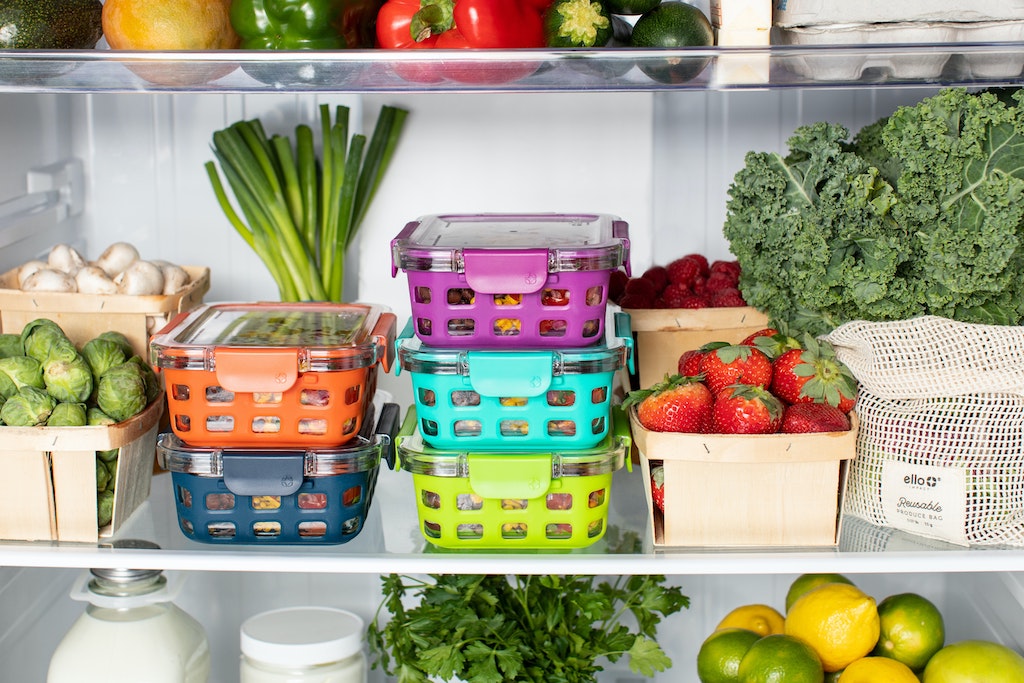Tips
Stock losses
Stock losses cause large amounts of waste. Here are our tips on how to avoid stock losses.

Optimizing your purchasing procedures is the first step to preventing stock loss. Ordering the right amount of the right types of food and keeping accurate records of existing stock leads to less waste and thus saves costs
- Assign a ‘Purchaser’: If possible, all stock should be ordered by one person to avoid mistakes and over ordering. The person responsible for ordering should communicate regularly with other staff about excess or shortages of stock.
- Prefer just-in-time deliveries from suppliers rather than pre-ordering in quantity – local sourcing can make this easier.
- Extend the shelf life of products by vacuuming or freezing:
- Once washed and prepared, store raw vegetables and other perishables in reusable airtight containers to prevent unnecessary dehydration and spoilage. Store these containers in the refrigerator at or below 5°C where applicable.
- Vacuum packing expensive foods like meat, fish and sauces maintains freshness and extends shelf-life. It’s a useful way of keeping ingredients that are bought in bulk (e.g., nuts) or occasionally used (e.g., sun-dried tomatoes). Vacuum packing can also save time in the kitchen because batches can be prepared less frequently when they can be kept for longer. Try to look for reusable options to reduce plastic waste.
- Consider new technologies for extending shelf life such as ozone food preservation.
- Bulk Buying can be a “false friend”: buying in bulk makes a lot of sense to reduce packaging waste and costs, but only if all is used. Beware of the potential for false economy when bulk buying, especially foods with short to medium shelf-lives. Buy only small amounts of products with reduced durability.
- Apply a “first in-first out” method of using up stock: When storing new deliveries, always place the new items to the back and bring existing items forward. This ensures older items are used first.
- Label the products with their purchase and use-by dates clearly
- Make sure fridges, cold rooms and freezers are well sealed and calibrated as required to make sure correct temperatures are maintained to avoid food going bad.
- Regularly check the storage room for the expiration dates of the products.
- Ensure that food storage areas are well lit, so that everything in stock is easily visible.
- Prepare items such as bread, cakes and desserts in house so you have control on volumes on a daily basis.
- A “special offer of the day” is a good way to use up supplies just before they reach their shelf life.
